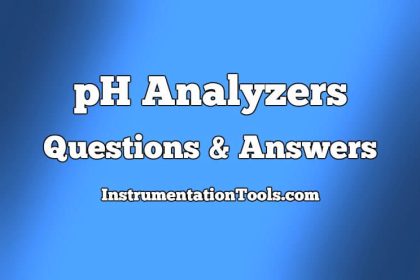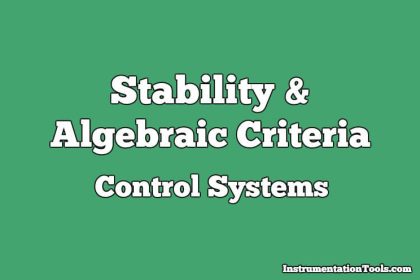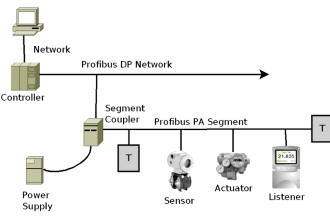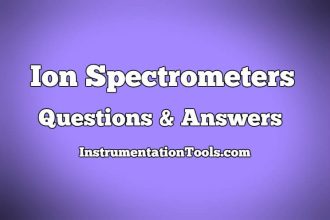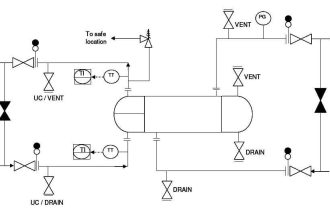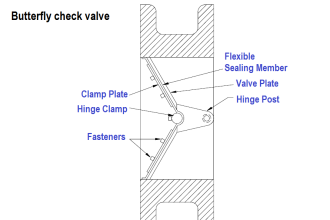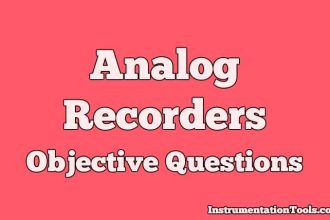Stability Analysis by Describing Functions
1. The characteristic equation of a feedback control system is given bys3+5s2+(K+6)s+K=0. In the root loci diagram, the asymptotes of the root loci for large K meet at a point in the s plane whose coordinates are:
a) (2,0)
b) (-1,0)
c) (-2,0)
d) (-3,0)
Answer: c
Explanation: The point is calculated by using Routh Hurwitz table and then equating the S0term equal to zero.
2. The root locus diagram has loop transfer function G(s)H(s) = K/ s(s+4)(s2+4s+5) has
a) No breakaway points
b) Three real breakaway points
c) Only one breakaway points
d) One real and two complex breakaway points
Answer: b
Explanation: The breakaway points are the points where the root locus branches break and it is not necessary that this point must lie on the root locus calculated by differentiating the value of K with respect to s and equating it with zero.
3. For asymptotes passing from breakaway point then this point is also centroid
a) True
b) False
Answer: a
Explanation: Asymptotes are the lines of infinite length and these are tangents to the root locus that meet at infinity and for these, passing from breakaway point then this point is also centroid.
4. Transportation lag is seen in systems:
a) Amount to be transferred in large
b) Time take to transfer is large
c) Inefficiency of the process
d) Errors
Answer: b
Explanation: Transportation lag is the delay that is seen in the systems where the output is not following the input and is seen in systems where the time taken to transfer is very large.
5. Mediums responsible for transportation lag are:
a) Lines
b) Pipes
c) Belt conveyors
d) All of the mentioned
Answer: d
Explanation: Transportation lag is the delay that is seen in the systems where the output is not following the input and is mainly seen in the practical mediums where the time of transfer is very large.
6. Linear lumped parameter models are not valid under situations as:
a) Transmission pipe between the hydraulic pump and the motor causes a time lag in transportation of oil from pump to motor
b) Transmission of heat by conduction or convection produces serious transportation lag
c) Transmission pipe causes the time lag and loss of heat by conduction and convection
d) Transmission of pipe causes neither any time lag nor any heat loss
Answer: c
Explanation: Linear lumped parameter models are the models that simplifies the description of the behaviour of spatially distributed physical systems into a topology consisting of discrete systems and not valid when the pure time lags are negligible compared to other lags in the system.
7. Practically all the systems have transportation lag :
a) True
b) False
Answer: b
Explanation: Not all systems have transportation lag but whose transmission time is more.
8. Transportation lag causes :
a) Instability in system
b) Stability in system
c) System remains unaffected
d) Bandwidth increases
Answer: a
Explanation: Transportation lag is the delay that is seen in the systems where the output is not following the input and causes instability in the system.
9. The polar plot of a transfer function passes through the critical point (-1,0).Gain margin is
a) zero
b) -1dB
c) 1dB
d) Infinity
Answer: a
Explanation: Gain margin is the point where the at phase cross over frequency gain of the system i 1 dB and of a polar plot passing through the critical point is zero.
10. Consider the following statements:
1. The effect of feedback is to reduce the system error
2. Feedback increases the gain of the system in one frequency range but decreases in another.
3. Feedback can cause a system that is originally stable to become unstable
Which of these statements are correct.
a) 1,2 and 3
b) 1 and 2
c) 2 and 3
d) 1 and 3
Answer: c
Explanation: Feedback can be of two types as positive and negative and cause the increase in gain and also can cause stable system to become unstable.

